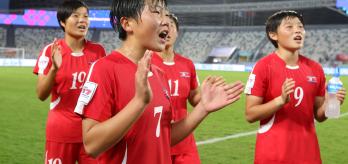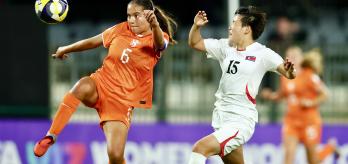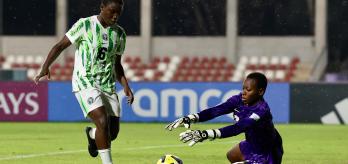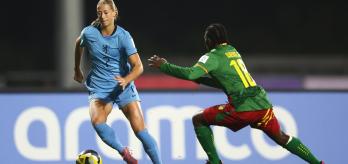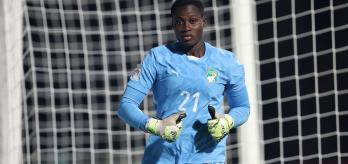Mastering the 1v1 situation is a key part of a winger’s development. At the FIFA U-17 Women’s World Cup Morocco 2025™, the Technical Study Group (TSG) are witnessing strong individual performances in this area. In this article, TSG expert and former Japan women’s head coach Asako Takakura provides an overview of the various technical, tactical and mental attributes wingers need to display in their 1v1s in outside channels, using some examples from the competition so far.
The wider significance of 1v1s in wide areas
To understand why these attacking moments of the game are so significant, you first need to look at teams’ defensive behaviours, notes Takakura. “In the modern game, teams have significantly improved their defensive tactics, making it extremely difficult to break down an opposition’s formation out of possession.
“Within this context, it can be said that in recent years, a team’s attacking prowess is greatly influenced by whether they possess excellent wide players capable of effectively exploiting the space on the flanks,” adds the former Nadeshiko manager.
Many styles of play emphasise control in central areas of the pitch – something that can be achieved by positioning more players there. A side product of this is congested central areas and more vacant wide areas. Wingers who find themselves in these spaces become the key to advancing play into the more dangerous parts of the pitch.
Phase 1: Crafting the 1v1 situation
A winger can set themselves up for success in a 1v1 situation before it even starts. Takakura, who also coached Japan to the FIFA U-17 Women’s World Cup trophy in 2014, explains that tactical awareness of your team’s style and where to be when receiving the ball is key.
“First and foremost, as a winger, it’s vital to understand your own team’s characteristics and style,” stresses Takakura. “Then, when off the ball, you must prepare to get into your most effective position – for instance, whether you plan to run behind the defence to receive the ball or receive it at your feet.”
In the Netherlands’ opening goal of the tournament above, the run of the scorer, Liv Pennock (7), is a strong example of a winger planning their movement in order to set up a more favourable 1v1 situation.
Play begins on the other side of the pitch, and as it progresses, Pennock is constantly readjusting her position to her advantage. Ultimately, once her team regains possession in the central channel, she steers her run back into the outside-right channel, isolating the Cameroon full-back.
Phase 2: Engaging the 1v1 with confidence
Confidence is an important element of the 1v1 for attacking players. Without it, players refrain from taking their opponent on. Or, if they do take their opponent on, they do so without conviction.
For Takakura, prior positioning can set the basis for confidence going into the 1v1. “When receiving the ball in your preferred position, you can confidently take the initiative. By establishing your preferred positions, angles, and timing, practising repeatedly to build confidence, you can have a significant positive impact on the team.”
Takakura points out that, even during 1v1 situations, the winger also needs to ensure they have options available. “If you can play while keeping combinations with team-mates as an option, you become an even more troublesome player for the opposition.”
Remaining in proximity to team-mates opens new goalscoring opportunities. Awareness of when to engage the 1v1 and when to combine is another aspect of decision-making the winger needs to develop.
Phase 3: Capitalising on the 1v1
As a wide player, bypassing the opposition player in a 1v1 in advanced areas is a means to either making an attempt on goal or delivering a cross that leads to an attempt on goal. The mindset is to treat the cross or shot as the final action, says Takakura. “Creating chances through side breaks alone is not enough; plays that lead directly to shots on goal can cause the opposition even greater problems.
“When facing an opponent in a 1v1 situation, it is crucial to anticipate the next move – whether to shoot or deliver a cross – reading the situation seconds ahead and playing a game of mind over matter with the defender.”
“For wingers, it is vital to develop their own style and be prepared to execute it, to anticipate the situation slightly ahead while maintaining options for play, and to play with confidence without fear of failure,” adds Takakura.
Summary
- A winger’s positioning and understanding of their team’s style in the lead-up to receiving the ball influences the success in an upcoming 1v1 situation.
- Practising 1v1s with these preconditions in mind builds confidence and helps grow the composure needed to make a big impact for the team during these moments.
- Playing without fear of failure and with the intention of delivering a final ball or cross are two important psychological aspects a winger needs to possess, both during the 1v1 itself and after bypassing the opponent.




